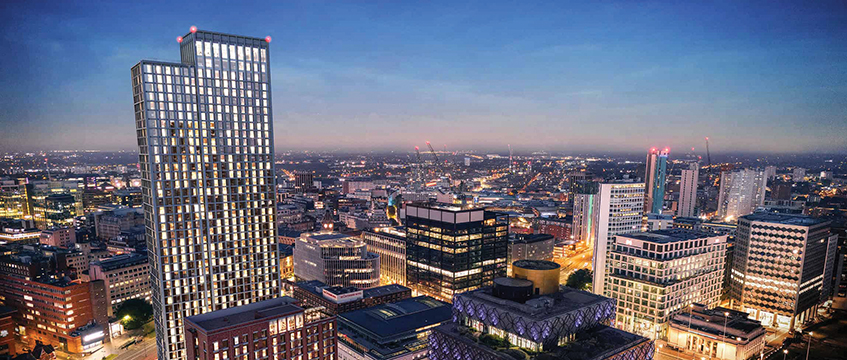COMMENT In real estate, sustainable finance presents an important opportunity to incentivise and accelerate a much-needed green transition, particularly in the residential sector where the pressure is on to deliver 300,000 homes a year.
Sustainable finance, put simply, is taking into account environmental, social and governance factors to make investment decisions. It responds to an increasingly diverse range of ESG requirements sought by customers, stakeholders and investors.
But precise definitions are less straightforward. For sustainable finance to fulfil its potential in the UK, we first need agreed criteria.
Carbon reporting consensus
The government’s green finance strategy launched earlier in 2023, recognises the need for clarity and offers hope that firmer definitions will be created. It includes a commitment to consulting on the UK’s Green Taxonomy – a tool with which investors can identify activities as “green”. This framework could go some way to providing security of investment, while streamlining funding processes for sustainable real estate projects moving forward.
To achieve this, we first need consensus within the built environment on how to measure comprehensively the ESG credentials of our projects and buildings, now and in the future.
To date, existing strategies and frameworks for decarbonising our buildings have focused heavily on reducing operational carbon emissions through increasing energy efficiency. Retrofit is also, rightly, being advocated for widely. However, meeting housing targets will necessarily involve new builds, and there are large carbon savings to be had from expanding the focus in this sector beyond operational emissions to embodied carbon (emitted during construction, product manufacture and transport). This will require the construction industry to reach a consensus on embodied carbon reporting.
We believe volumetric modular construction will be an obvious target for sustainable finance. As volumetric specialists, our construction programmes are up to 50% shorter, bringing investors faster returns. With the current economic backdrop, enhanced internal rate of returns is significant. At the same time, volumetric can deliver on multiple ESG credentials, from the circular economy to tackling the housing crisis.
Perhaps most compelling is the embodied carbon saving opportunity. Tide and Vision’s use of volumetric technology means that our developments are built with up to 50% less embodied carbon than existing benchmarks.
Precision-manufacturing homes offsite saves resources by allowing developers and contractors to be more prescriptive in creating the final product from the outset. These savings are largely associated with the efficient use of materials, the use of lower carbon materials, the streamlined factory and on-site processes. Some 99% of waste produced in Vision’s volumetric factory is either recycled or used for energy recovery, because waste is much reduced in the factory and easier to control.
Our volumetric construction also enables faster, less disruptive and less polluting construction projects, which supports community wellbeing and workers’ livelihoods. On average, there is an 80% reduction in construction site logistics, with fewer individual deliveries and fewer workers on site at any time. Employees in the factory also operate within a safer, controlled work environment, in contrast to the transient work patterns that typically characterise construction.
At Tide and Vision, this is reflected through our long-term investment in technology-enabled solutions to measure and monitor such data. And by taking the majority of construction offsite, volumetric construction can unlock constrained brownfield sites, driving urban regeneration where homes are needed the most.
Regulation imminent
A recent report by University College London, “ESG in the Property Finance Industry”, concluded that new legislation and accounting changes to the regulatory and reporting environments are moving forward at pace across the globe. It says that ESG reporting would not be a voluntary adoption issue for much longer. “It is no longer a case of ‘if’ but ‘when’ you will need to respond,” it said.
We believe volumetric technology can help to modernise UK construction, enabling the efficient delivery of high-quality and lower-carbon homes at scale and pace. At Tide and Vision, we are continuing our collaboration with academics from the University of Cambridge and Edinburgh Napier University to identify the whole life environmental benefits of our volumetric buildings, with a view to creating specific criteria applicable to MMC products.
With a measurement and definition framework that recognises fully the green credentials inherent in this construction method, there is a significant opportunity for sustainable finance to power the UK’s transition to a greener economy.
Nick Hillard is ESG lead at Tide and Vision











